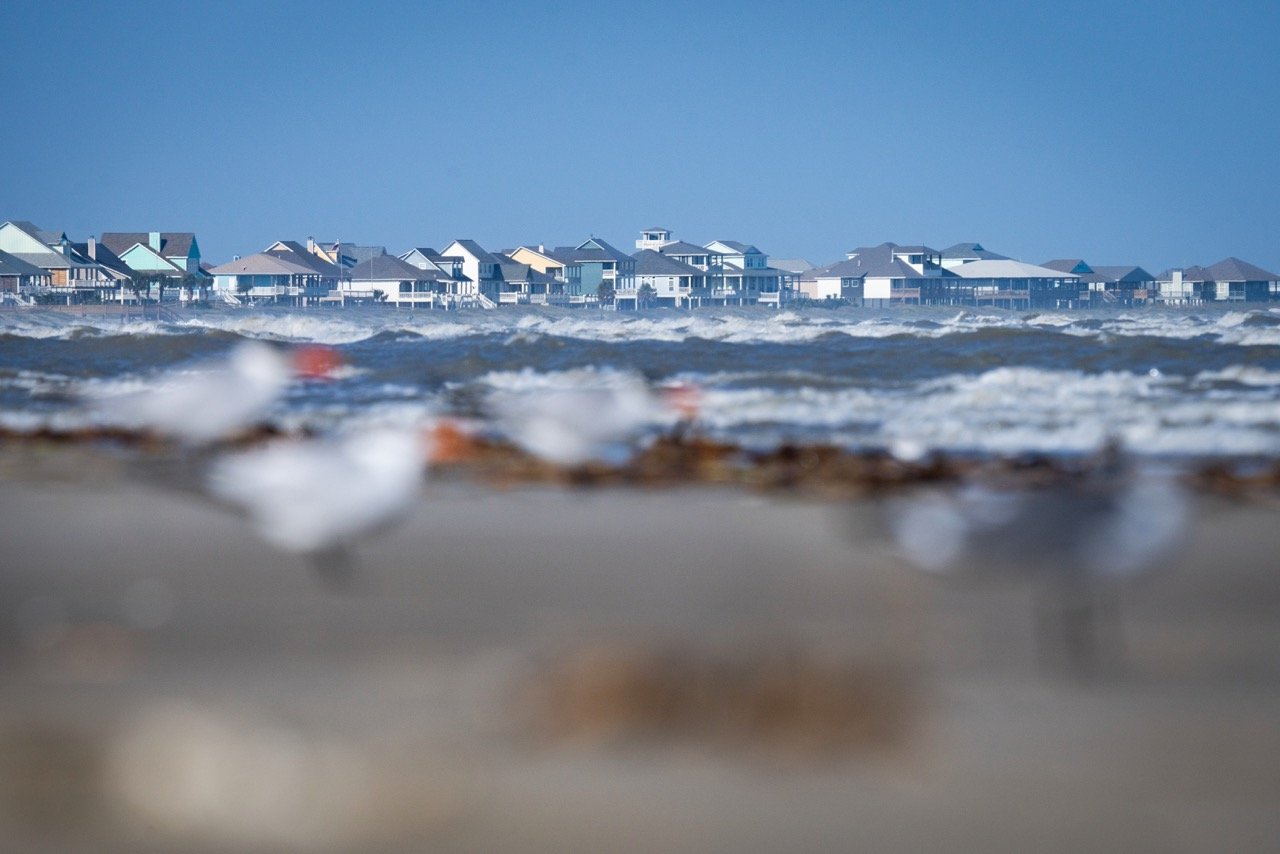
Partners
Thank you to the nonprofits, community groups, and government agencies that helped us on our journey, provided knowledgeable insight into the coastline, and supported this project’s mission.
Texas Parks and Wildlife Foundation
TPWF served as the project’s fiscal sponsor. For over 30 years Texas Parks and Wildlife Foundation has been conserving the wild things and wild places of Texas, including new public land acquisitions on the Texas Gulf Coast.
Harte Research Institute at TAMU-Corpus Christi
The leading interdisciplinary applied research institute for the Gulf, HRI provided financial support and research expertise on everything from oysters and marine debris to the socioeconomic impacts of a changing coastline.
Gulf Trust
Providing Texas based, science backed solutions to the Gulf 's most pressing challenges, the Gulf Trust was a key partner in amplifying the importance of balancing coastal conservation and economic progress.
Caesar Kleberg Wildlife Research Institute
Conducting applied research in South Texas and beyond, CKWRI offered their expertise on the role that the Upper Laguna Madre and private lands play in the lives of waterfowl in the Western Hemisphere.
Houston Audubon
Managing several important stopover points on the Upper Coast, Houston Audubon provided our team with access to film songbirds as they made their way north from as far away as South America.
Audubon Texas
In 2023, Audubon Texas celebrated 100 years of protecting Texas coastal rookery islands. Today Audubon leases 175 birds islands across the Texas coast, including Chester Island, where our crew filmed Brown Pelicans.
Flatsworthy
A key angler-driven conservation organization, Flatsworthy offered an on the ground perspective to an increasingly pressured resource.
Sea Turtle, Inc.
A leader in sea turtle recovery and conservation, STI provided our team with invaluable access and expertise during Kemp’s Ridley nesting season on South Padre Island.
The Peregrine Fund
Globally recognized as a pioneer in restoring and conserving raptors, The Peregrine Fund’s Aplomado recovery team gave us access to their work on the South Texas plains.
Texas Parks & Wildlife Department
Among many things, TPWD manages coastal resources that include State Parks, fisheries, and the Matagorda Island Wildlife Management Area. TPWD provided logistical expertise for the most remote parts of our journey.
Surfrider Foundation's Texas Chapters
Proponents of beach access around the world, Surfrider Foundation helped guide the project’s perspective on Texas’ Open Beaches Act and the founder of the Texas chapter, Ellis Pickett, was the project's guardian angel.
Coastal Bend Bays & Estuaries Program
Doing important restoration work in the Coastal Bend, CBBEP’s coastal bird program spent time with us during peak shorebird migration on the Texas coast.
Earthspan
Works across nine countries and multiple disciplines to create solutions anchored in science that have a lasting impact on the Gulf of Mexico’s vast ecosystems, economies, and communities.
Galveston Bay Foundation
Conserving thousands of acres and providing important research on the largest bay on the Texas Gulf Coast, GBF stressed the importance of nature-based solutions to an ever-changing environment.
U.S. Fish & Wildlife Service
Managing some of the most biologically-rich habitat on the Texas coast, USFWS helped provide access to wetlands and beach on the Upper Coast and Matagorda Island, nearly 60,000 acres of pristine barrier island habitat.
Gulf Coast Canine Project
Doctors Kristin Brzeski and Bridgett vonHoldt offered a glimpse into the world of the Ghost Wolves of Galveston Island and community efforts to secure wildlife habitat.
Padre Island National Seashore
Stewards of the longest undeveloped barrier island in the world, PINS leadership helped to guide plans for our 60 mile walk of pristine coastline in South Texas.
Armand Bayou Nature Center
One of the largest urban wilderness preserves in the U.S., ABNC provided a quiet refuge to conduct interviews with an astronaut and a Karankawa descendent.
Karankawa Kadla
Reconnecting after nearly a century the Karankawa Kadla provided important historical context and access to tribal members in Austin, Corpus Christi, Houston-Galveston, and South Texas.
Artist Boat
Artist Boat provided our team with access to their Coastal Heritage Preserve on Galveston Island, home to newly discovered coyotes with red wolf DNA.
Palacios Marine Agricultural Research Center
Texas’ only commercial-scale oyster hatchery, PMAR allowed our team to film their facility during an historic first year of production for Texas’ oyster farms.





















